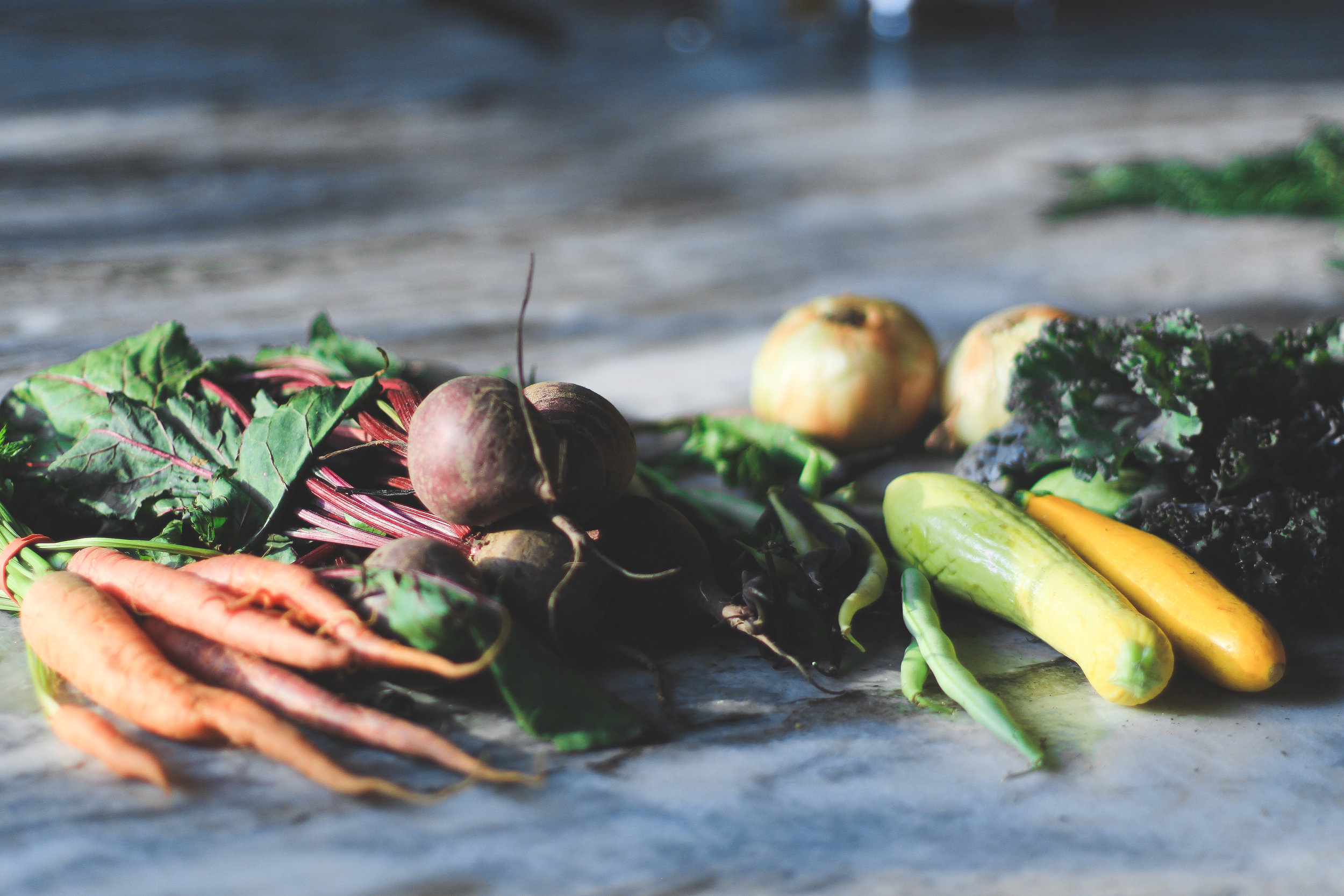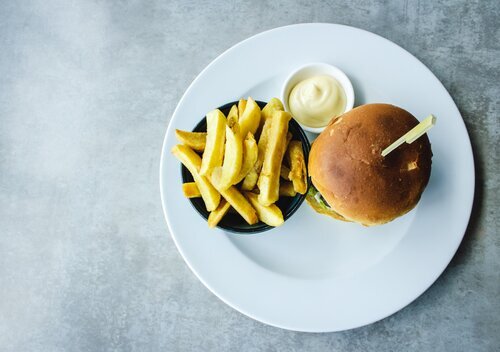Hippocrates knew what he was talking about when he said, “All disease begins in the gut”.
Pretty powerful!
Gut health is a hot topic these days, as it should be! Our overall health and wellbeing is directly linked to healthy gut development. Most of us know the gastrointestinal system’s primary responsibilities are digestion, absorption, and getting rid of wastes, but what else is going on in there?! A whole lot!
We refer to our internal environment as the “microbiome”, which is just a fancy word for the bacteria, fungi, viruses, yeast and protozoa (more affectionately known as all of your “bugs”). that live within and on the body. Besides the functions listed above, research has supported the microbiome’s involvement in the ENTIRE body, including our brain. We know that the balance of “bugs” have an impact on mood, anxiety, the ability to create nutrients, support of immunity and even protection against some forms of cancer! There are even particular strains of bacteria associated with gastrointestinal disease, obesity, and diabetes. Have we caught your attention?
The imbalance of the good and bad “bugs” in your gut can lead to significant health issues. We can keep our “bugs” in check primarily by eating foods that feed the good ones, and avoid foods that promote the growth of the bad ones. We also know that the initial building of and the infrastructure of our microbiome begins as early as pregnancy (in-utero) with a majorly impactful event being the moment of birth!
Here’s the good news: our microbiome is not fixed. It is developed over time and can be influenced by the environment, and good nutrition is the most positive way to boost it. That means that by creating better habits, we move towards a stronger microbiome, and overall better health. Hooray!
Here are our favorite tips for building (and maintaining) a strong microbiome:
Eat both pre– and probiotic foods.
Prebiotic foods are those that promote the growth of beneficial microorganisms aka the “probiotics”.
Prebiotic foods: asparagus, dandelion greens, jicama, garlic, onions, unripened bananas
Probiotic foods: kefir, kimchi, kombucha, miso, natto, pickles, sauerkraut, tempeh, yogurt (unsweetened)
*For these foods to be of greatest benefit, they should be low in sugar and added ingredients.
Eat a diverse diet.
With at least 1,000! different species of bacteria in the gut, each species prefers different foods to thrive on. Mix up your daily meal routines!
Eat plenty of high-fiber veggies (and berries!)
These help to maintain healthy digestion. Our microbiome relies on fiber to flourish!
High Fiber Veggies: avocados, broccoli, brussel sprouts, okra, dark leafy greens (the darker in color the better).
Avoid processed foods, those high in sugar, and artificial sweeteners. These contents can quickly alter the gut landscape!
Avoid the foods that you know you are sensitive, allergic, or intolerant to. Often times, the top offenders for most people include wheat (gluten), dairy, eggs, soy, corn, nuts and shellfish.
Take medications (such as antibiotics) as directed, only when medically necessary. During and after a course of antibiotics, focus on consumption of pre- + probiotic rich foods (above!) and take a probiotic to support regrowth of those good bugs! We have a few favorites in our Wellevate Dispensary.
Stay hydrated. ½ your overall body weight in ounces of water, as you’ll hear us say over and over…limit the caffeine and ditch beverages with added sugar, too.
Listen to your body!
Everyone’s microbiome is unique and responds differently to what we consume. If you don’t feel well after eating something (brain fog, blood sugar spike, bloating, fatigue, bad mood, etc.), then don’t eat it! Even if its yummy! (we know, sorry!)
Resources
Mancino W1, Duranti S1, Mancabelli L1, Longhi G2, Anzalone R2, Milani C1, Lugli GA1, Carnevali L3, Statello R3, Sgoifo A3,4, van Sinderen D5, Ventura M1,4, Turroni F6,7. Bifidobacterial Transfer from Mother to Child as Examined by an Animal Model. Microorganisms 2019 Aug 27;7(9).



